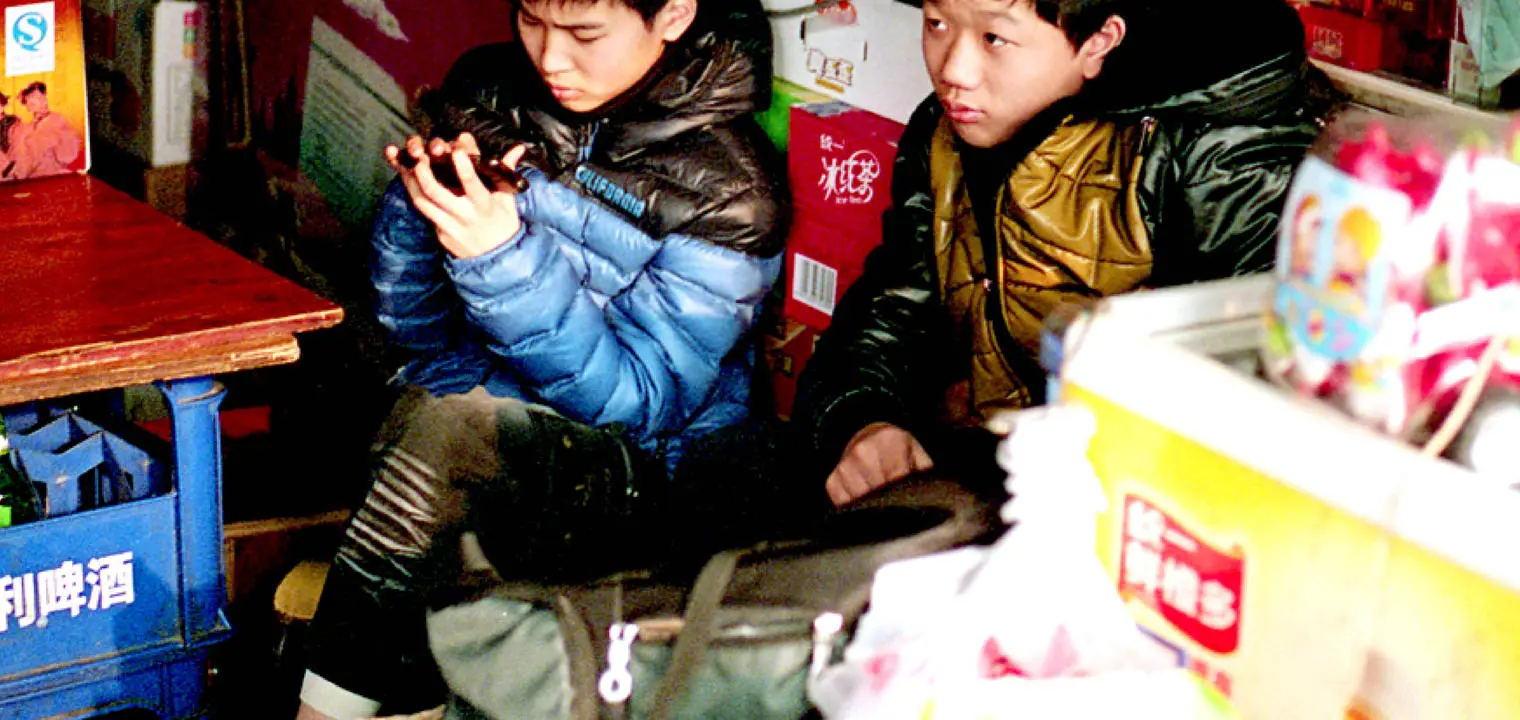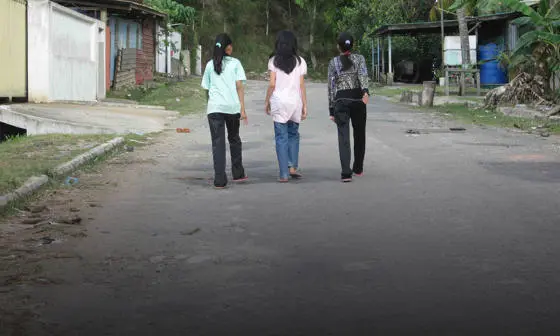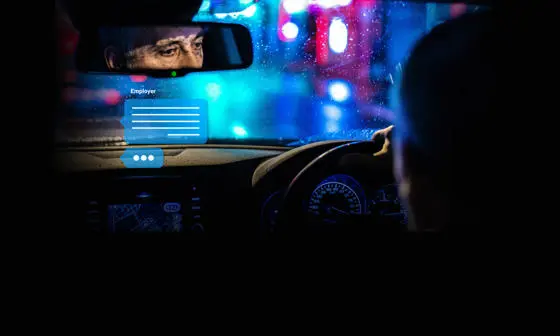Safeguarding play: children’s rights and the internet

Contents
The relationship between children and digital technologies – from using the internet to social networking and gaming - is often met with scrutiny and concern. Though protection from risk and online safety are integral priorities in digital policymaking and regulation, it is also important to ask how children can benefit from access to digital technologies. Contrary to popular assumption, all of children’s rights apply in a digital world and exercising those rights enhances their ability to participate and develop to their fullest potential.
This is the core idea which underpinned the mission of Global Kids Online (GKO), a joint LSE-UNICEF project, initiated and led by Sonia Livingstone, Professor of Social Psychology at LSE. Launched in 2015, GKO aims to connect those involved in the ongoing dialogue around children’s rights and wellbeing in the digital age with rigorous evidence.
This sense of technological change intersecting with childhood innocence leaves society very uneasy.
Taking an international approach to child online safety
GKO’s research, spanning 15 countries and including over 25,000 children, has so far impacted national digital policies and grassroots initiatives, as well as key international organisations responsible for initiating relevant regulation, policy, and guidance.
Setting out to discover the risks and opportunities for children posed by the digital environment, GKO adopted a child rights framework for its comparative research internationally, especially across the Global South. Professor Livingstone, working with Dr Mariya Stoilova and many colleagues internationally, created a free, adaptable toolkit for participating countries, which includes expert guidance, survey questionnaire tools and qualitative resources to help country partners plan, conduct and monitor their research and its impact. This was piloted by several national research partners and was supported by UNICEF country offices.
On the international application of the toolkit, Professor Livingstone says: "The tools are exciting! They’ve been carefully developed and tested in lots of different countries, and their strength is that they generate comparative data. So, when a new country joins, they can compare their findings to what is happening elsewhere. For example, when our Peruvian colleagues use the tools, they will be able to compare their results with Chile, Brazil, Argentina and Uruguay, and so on."
Keeping children safe without denying them the benefits of the internet
Professor Livingstone also emphasises the importance of the child rights approach to combine the dual priorities of mitigating risk to children and ensuring they reap the benefits of digital technologies. "The debate has always been divided between ‘what are the opportunities?’ or ‘what are the positives?’, on the one hand, and ‘what are the risks?’ or ‘what are the needs for protection?’, on the other," she says. "Then there are what we can call risky opportunities, and these are especially salient to children themselves. I've been oscillating between these areas of research and policy for years, with the ambition of integrating them.
"A child rights approach has become much more prominent in the last 10 years. What it offers, which I find exciting, is a way of bringing it all together. Holistically, it puts the child at the centre, and recognises that there are both risks and opportunities from technologies."
One thing the pandemic has taught us is that we're not going to get rid of technology in our modern age.
This approach swiftly diverges from moral panics surrounding children’s exposure to digital technologies, as well as from the restrictive, fear-based policies too often enacted by parents, schools, and states. On the origins of these prevailing ideas, which heavily inform policy and regulation, Professor Livingstone says: "I think it's a pernicious mixture of fear of change, partnered with an intense awareness of the vulnerability of children.
"The notion of technological change is always associated with anything that seems to take agency away from humans and give it to machines. Then, with children, there are also anxieties around adult society blindly trampling on their needs, unless special efforts are made. So, this sense of technological change intersecting with childhood innocence leaves society very uneasy."
Encouraging children to be "playful by design"
In the project, GKO addressed such concerns and sought to investigate online harms through empirical research. The findings have effectively guided governments and NGOs in the budgeting, planning and implementation of their child protection policies and interventions.
Notably, GKO’s work encompassed children’s freedoms to participate and the rights to play, education, health, and family life in a digital world, as well as their need for protection. This portion of the project effectively laid the groundwork for Professor Livingstone’s more recent work with the 5Rights Foundation, a British charity advocating children’s rights in the design and regulation of the digital world. For this, she leads the Digital Futures Commission, which launched in 2020 to explore how to ensure children’s interests are placed at the centre of the design of the digital world.
"We've been working specifically in relation to play," Professor Livingstone says, "promoting the idea of 'playful by design'. We are also investigating education technology, concerned that technologies supposedly intended to facilitate children's learning are resulting in the commodification and datafication of their learning lives in ways which don’t respect child rights. We are trying to think about what a better model for design would be, and how we can promote that."
Helping developers design with children in mind
Dr Kruakae Pothong, a researcher at 5Rights Foundation and a Visiting Research Fellow in the Department of Media and Communications at LSE, explains: "We are doing the applied research to work out what changes are needed to ensure that technologies embed child rights from the start, and that technological developers design with a realistic understanding of the diversity of children, in their own words.
"We have evolved our 11 key child-led design principles, and we're currently mapping the child rights implications and the design considerations with designers."
"One thing the pandemic has taught us is that we're not going to get rid of technology in our modern age. So we need to figure out how we can re-design technologies in a way that respects children's rights and acknowledges their desire for creative, innovative and free play in the digital environment," concludes Professor Livingstone. "This is the focal point of our work at the Digital Futures Commission, and something I look forward to exploring further over the next few years."
Professor Sonia Livingstone and Dr Kruakae Pothong were speaking to Sophie Charlotte, Media Relations Officer at LSE
Download a PDF version of this article





